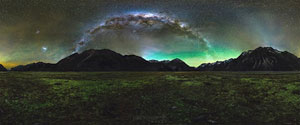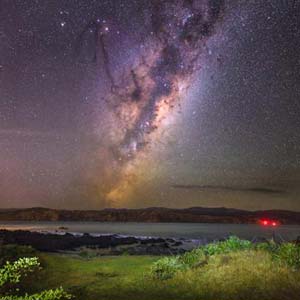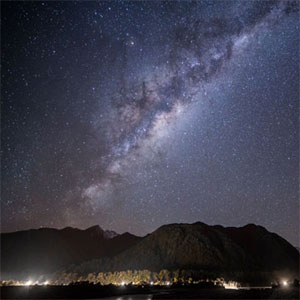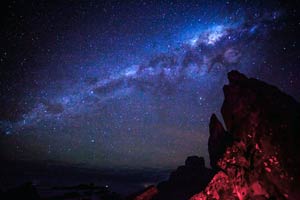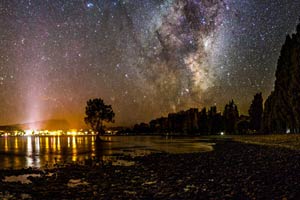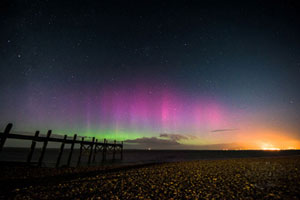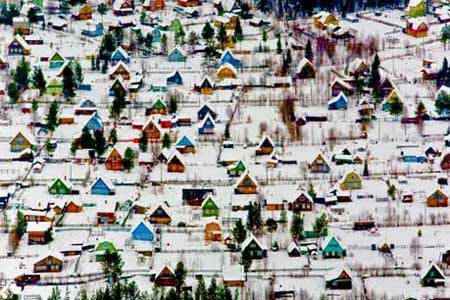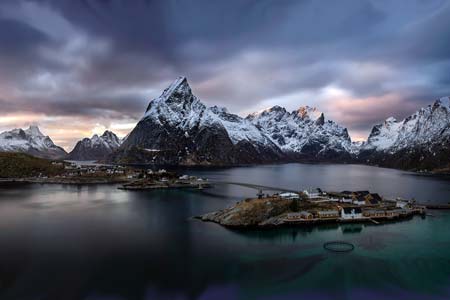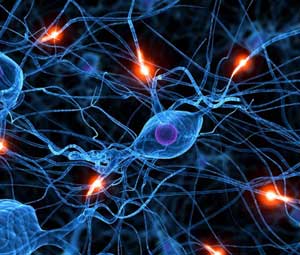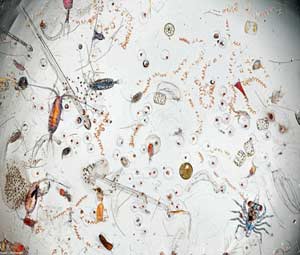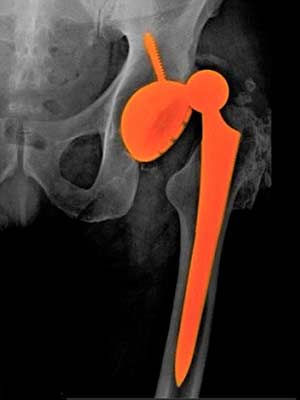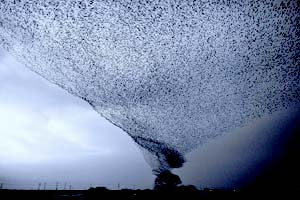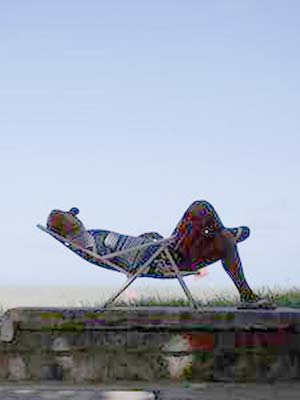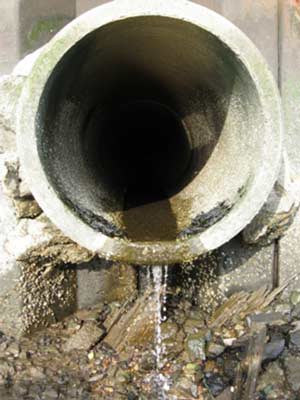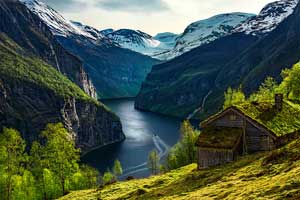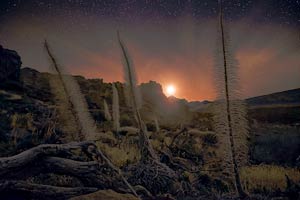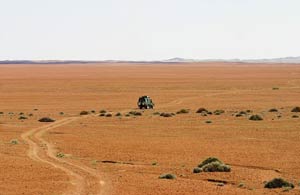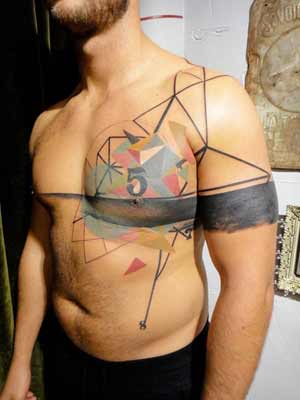Travel
- In late 2013, New York’s Metropolitan Transit Authority released a report on investment needs for the next 20 years, which suggested a way to dramatically alleviate overcrowding on subways across America:
As the MTA continues to purchase new buses, subways, and commuter rail fleets, it must incorporate state-of-the-art design concepts and technologies to minimise energy consumption, maximise carrying capacity, reduce loading times, and meet the expectation of a tech-savvy generation of new travellers.
In particular, consideration should be given to trains with open gangways between cars, similar to the design of articulated buses. This will both maximise carrying capacity and allow passenger to move to less-crowded areas of the train, balancing loading and unloading times at all doors.
Curiously, very few American subways allow passengers to move freely between cars. On those that do, passage is usually through a narrow door. But in much of Europe, subway carriages are connected by wide-open spaces, allowing travellers not just to wander between cars but to sit or stand in flexible areas between them. When Toronto adopted this technology in 2011 (see picture above of their Metro cars’ interiors), it increased passenger capacity by 8-10%.
But don’t hold your breath, Americans and tourists. The transportation industry is seemingly quite resistant to change.
- Chris Roberts is a security researcher whose job is ostensibly to prevent hacking. As part of his research he apparently crossed a line he shouldn’t have: he told FBI agents in February that he’d hacked in-flight entertainment systems on over a dozen flights and on one occasion hijacked an aircraft’s thrust management computer, briefly altering its course, as wrote FBI agent Mark Hurley in a warrant application filed in April. The US Government Accountability Office has released a report warning that hackers could bring down a plane by using onboard Wi-Fi systems. But airlines were warned about this problem as early as 2008, yet little has been done about it since; there are certain to be improvements that could be made. Punishing hackers who freely reveal vulnerabilities may not be the best way to go forward.
- Point It is a traveller’s language kit by Dieter Graf that’s been around for 20 years, though this is the first time I’ve run across it. It’s a book of tiny coloured pictures of 1,300 different items that you can whip out and point at the image of what you want to get your idea across. This passport-sized assistant could help anyone trying to get by in a situation where there’s no common language (now available as an app). Therapist have been using icons for some time to communicate with nonverbal children, often those with autism. Cows, primates, elephants, and cetaceans have proven able to read icons.
 Animals
Animals Animation
Animation Art of Playing Cards
Art of Playing Cards Drugs
Drugs Education
Education Environment
Environment Flying
Flying History
History Humour
Humour Immigration
Immigration Info/Tech
Info/Tech Intellectual/Entertaining
Intellectual/Entertaining Lifestyles
Lifestyles Men
Men Money/Politics/Law
Money/Politics/Law New Jersey
New Jersey Odds and Oddities
Odds and Oddities Older & Under
Older & Under Photography
Photography Prisons
Prisons Relationships
Relationships Science
Science Social/Cultural
Social/Cultural Terrorism
Terrorism Wellington
Wellington Working
Working Zero Return Investment
Zero Return Investment


